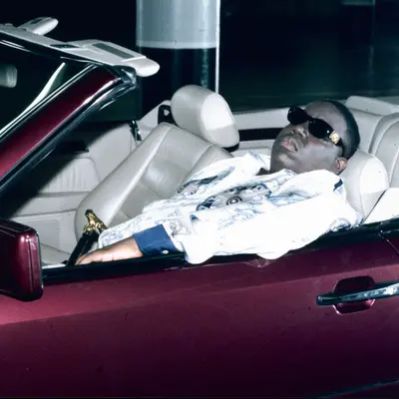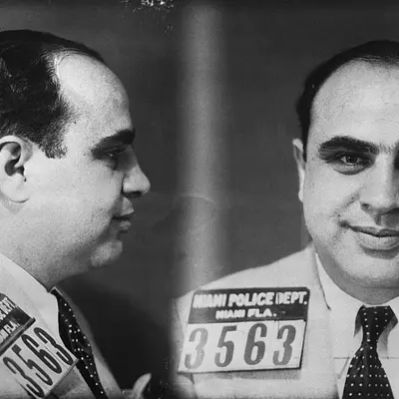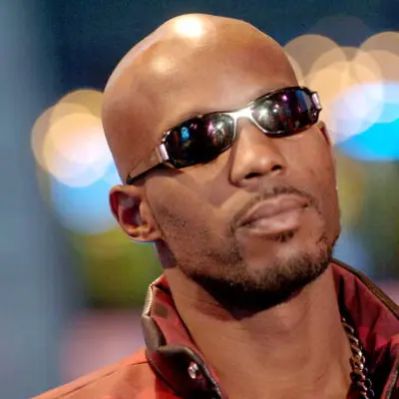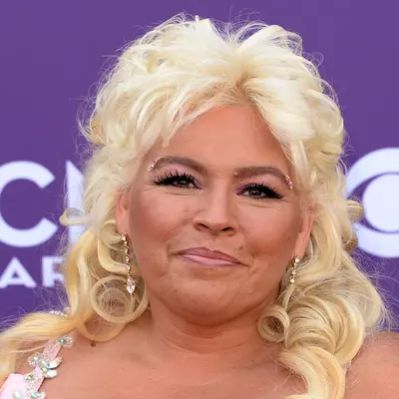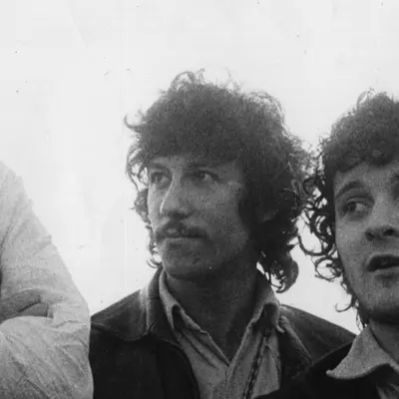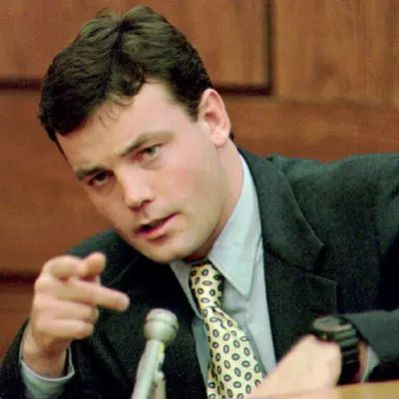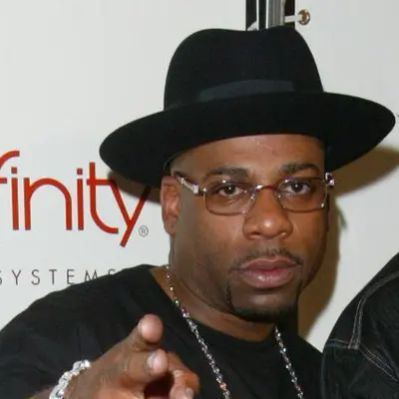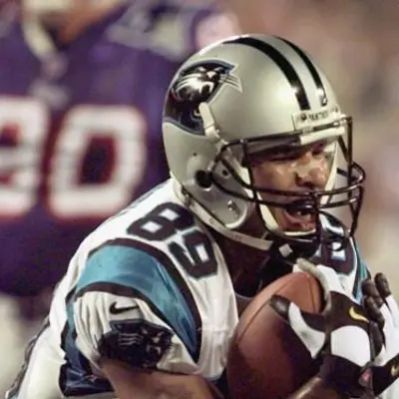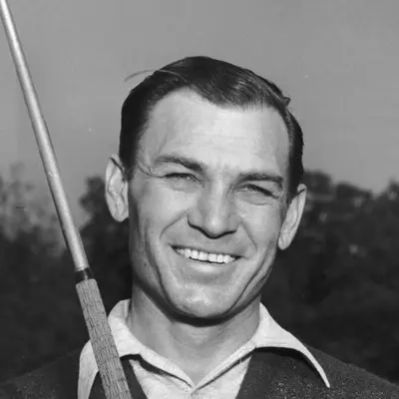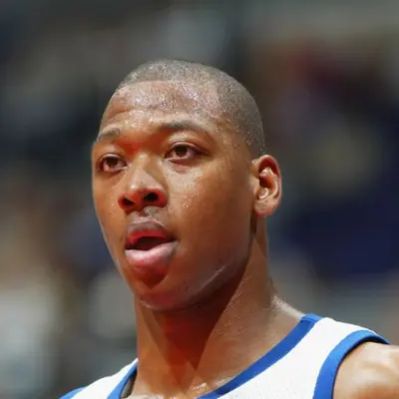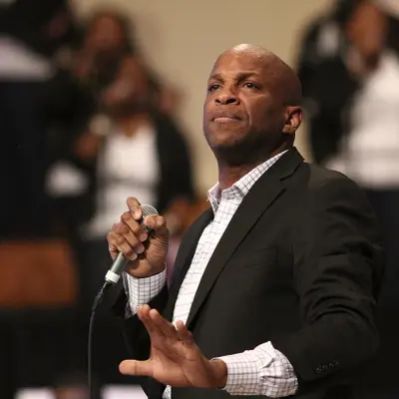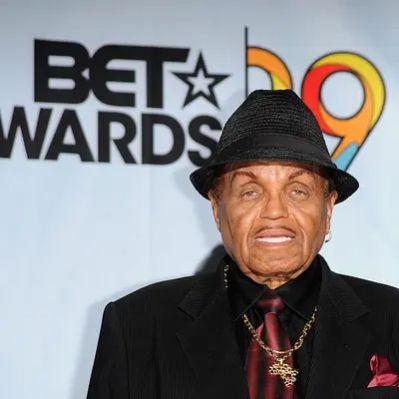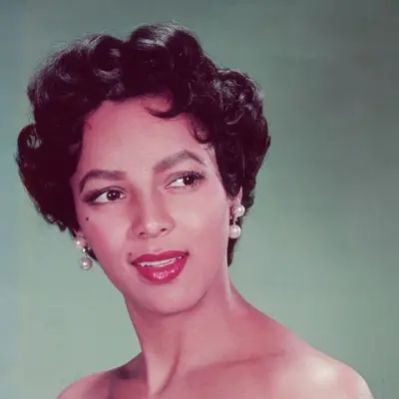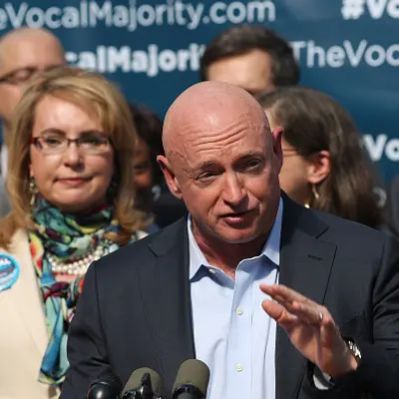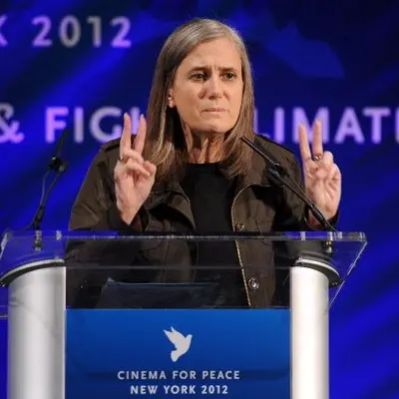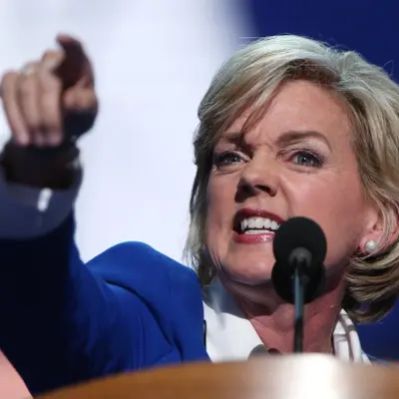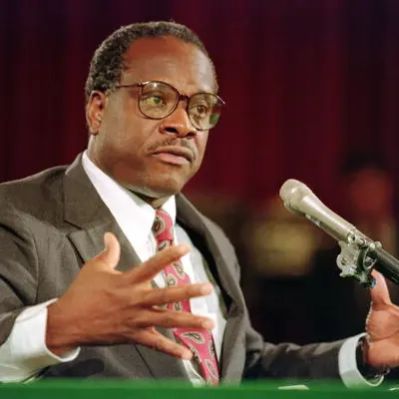What Is The Notorious B.I.G. Net Worth?
At the time of his death on March 9, 1997, The Notorious B.I.G., also known as Christopher Wallace, had a **Net Worth**, adjusted for inflation, of approximately $10 million. This valuation primarily stemmed from his burgeoning music career, highlighted by multi-platinum album sales, live performances, and various music industry ventures. Born on May 21, 1972, in Brooklyn, New York, Biggie Smalls’ **Net Worth** would significantly expand posthumously through shrewd estate management and ongoing revenue streams.
Early Career and Rise to Fame
Christopher Wallace grew up in the Clinton Hill neighborhood of Brooklyn, near Bedford-Stuyvesant. Although he excelled academically in middle school, earning awards for English, he began dealing drugs at the age of 12. By his teenage years, Wallace was rapping on street corners and performing with local groups. He attended Westinghouse Career and Technical High School, the same school that Jay-Z, Busta Rhymes, and DMX would later attend. Wallace left school at 17 and delved deeper into drug dealing, leading to arrests, including a nine-month jail stint in 1991 for crack sales. Emerging from jail, Wallace recorded a demo titled “Microphone Murderer” under the name “Biggie Smalls,” gaining attention from “The Source” magazine and Sean “Puffy” Combs at Uptown Records.
In 1993, Combs started Bad Boy Records and signed Wallace, marking the beginning of his commercial ascent. His feature on Mary J. Blige’s “Real Love” (remix) amplified his visibility. Wallace further solidified his presence with an appearance on Craig Mack’s “Flava in Ya Ear” remix alongside LL Cool J and Busta Rhymes. His debut solo studio album, “Ready to Die,” released on September 13, 1994, reached #13 on the “Billboard” chart and spawned two #1 singles, “Big Poppa” and “One More Chance,” with the latter selling 1.1 million copies in 1995. “Ready to Die” was later certified 6X platinum, showcasing Wallace’s initial impact on the hip-hop scene. Busta Rhymes recounted instances of Wallace personally distributing free copies of “Ready to Die” from his residence as part of a grassroots marketing strategy.
Around the time of his debut album, Wallace formed friendships with Tupac Shakur and basketball player Shaquille O’Neal. Wallace and O’Neal collaborated on the song “You Can’t Stop the Reign”.
Peak Career and “Life After Death”
Wallace started recording his second album in September 1995, spending 18 months working across New York City, Trinidad, and Los Angeles. During this period, he collaborated with Michael Jackson on Jackson’s ninth studio album, “HIStory.” However, legal troubles also surfaced, including a March 1996 arrest in Manhattan for chasing and threatening fans seeking autographs, which resulted in a 100-hour community service sentence. Later that year, he faced further arrest for drug and weapons possession. Wallace’s growing popularity significantly boosted East Coast hip hop, which had been overshadowed by West Coast hip hop.
Wallace’s second solo album, “Life After Death,” was released on March 25, 1997, just 16 days after his death. It quickly rose to #1 on the U.S. album charts and was later certified Diamond in 2000, marking it as one of the few hip-hop albums to achieve this status. Ultimately, the album reached 11X platinum certification. This posthumous release solidified his legacy and substantially contributed to his **Net Worth** in the years that followed. Following his death, numerous albums and compilations have been released, further augmenting his estate’s earnings.
The Notorious B.I.G.’s Wealth and Estate Management
At the time of his death, The Notorious B.I.G.’s estimated **Net Worth** was approximately $10 million. However, the estate’s value has since grown to an estimated $50–$100 million. The primary driver for this increase has been music sales, streaming revenues, licensing agreements, and merchandising deals.
Due to the absence of a formal will, The Notorious B.I.G.’s estate was administered by his mother, Voletta Wallace. His children, T’yanna Wallace and Christopher “C.J.” Wallace Jr., were the primary beneficiaries, with their inheritances held in trust funds. While Faith Evans, Wallace’s widow, played a significant role in managing his legacy, she did not receive a substantial portion of the estate.
Voletta Wallace oversaw all branding, licensing, and music-related projects until her death in 2025. The estate operates under Notorious B.I.G., LLC, ensuring that profits are distributed to Wallace’s heirs and that his brand is protected. Both of Wallace’s children have actively participated in managing their father’s legacy. T’yanna Wallace has launched a clothing line inspired by her father’s image, while C.J. Wallace has pursued acting and other business ventures associated with his father’s name. His music continues to be widely featured in commercials, movies, and video games, ensuring a steady income stream. His posthumous album reached 11X platinum certification.
In 2022, the estate launched an NFT collection, tapping into digital markets to generate additional revenue. Legal action has been consistently taken against unauthorized uses of his likeness to protect his brand. The estate also supports charitable causes through the Christopher Wallace Memorial Foundation, funding education and community programs in his honor. On each anniversary of Wallace’s death or album releases, renewed interest in his music drives increased streaming and merchandise sales, cementing his status as one of the most profitable deceased celebrities, generating millions annually. Biggie’s estate has grown due to posthumous releases, licensing deals, and his image being used in films, documentaries, and merchandise.
Personal Life and Relationships
Wallace had his first child, T’yanna, on August 8, 1993, with his high school sweetheart, Jan, though they had already separated. He married R&B singer Faith Evans on August 4, 1994, after meeting at a Bad Boy photoshoot just days prior. Evans gave birth to their son, Christopher Wallace Jr., on October 29, 1996. Wallace and Evans were separated at the time of his death but not legally divorced. Wallace’s **Net Worth** benefited from his successful music career, including platinum-selling albums, performances, and music industry ventures. The ongoing management and licensing of his music ensure that his legacy continues to contribute to his estate’s **Net Worth**.
 Net Worth Ranker
Net Worth Ranker
